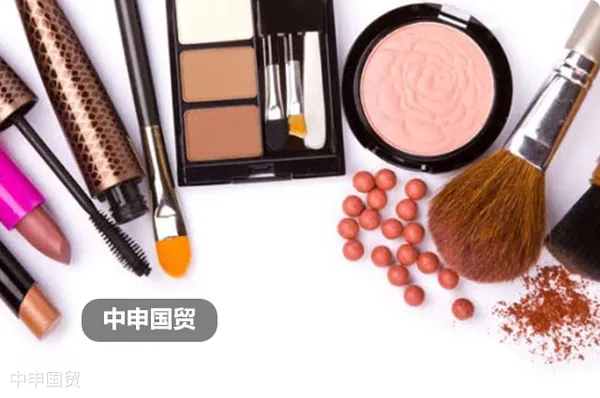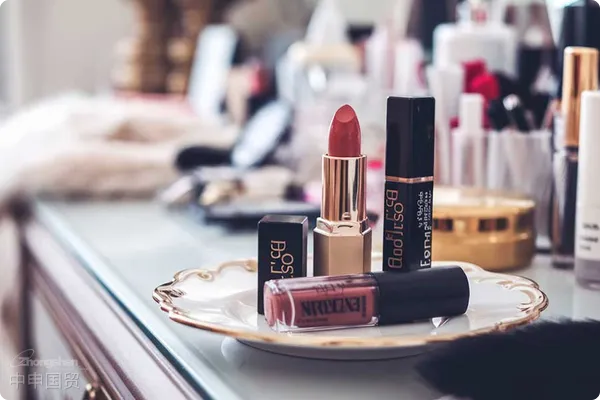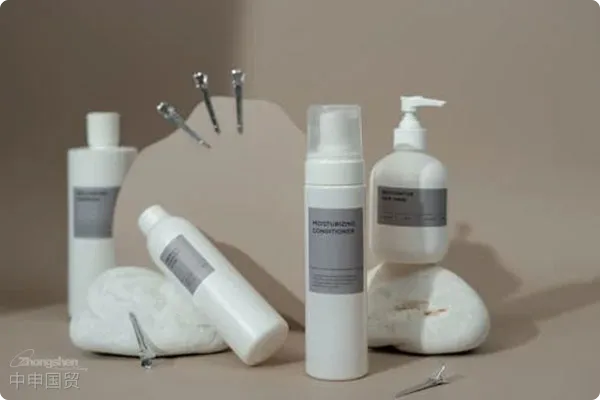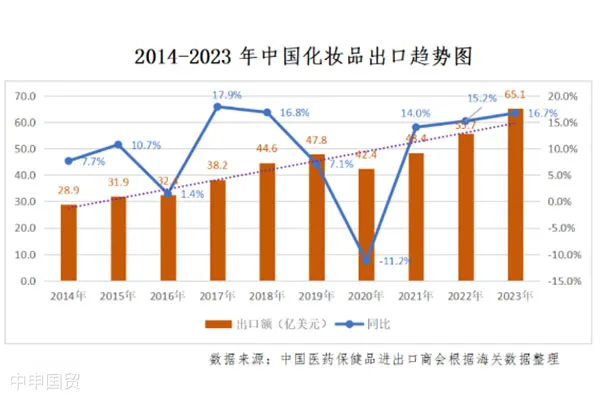- Shanghai Zhongshen International Trade Co., Ltd. - Two decades of trade agency expertise.
- Service Hotline: 139 1787 2118
Explains the United StatesCosmetics & Personal Caremarkets key regulatory requirements. It covers all critical aspects, from the definition of cosmetics, regulatory authorities, enterprise management requirements, prohibited and restricted substances, color additives, labeling requirements, to port inspection requirements. These guidelines will help Chinese cosmetics manufacturers and exporters ensure their products comply with U.S. regulations, facilitating smooth market entry.

I. Definition of Cosmetics
U.S. Definition of Cosmetics: The U.S. definition of cosmetics is quite broad, encompassing any item applied to the human body by rubbing, pouring, spraying, or other means, intended for cleansing, beautifying, enhancing attractiveness, or altering appearance, without affecting the bodys structure or functions. Common cosmetics include skin moisturizers, perfumes, lipsticks, nail polishes, eye and facial makeup, etc.
Relationship Between Cosmetics and Drugs: Some cosmetics may also be classified as drugs. For example, anti-dandruff shampoo is both a cosmetic (for hair cleansing) and a drug (for anti-dandruff effects). Such products must comply with both cosmetic and drug requirements.
II. Regulatory Authorities
Responsibilities of the U.S. Food and Drug Administration (FDA):
Removal and Restriction of Non-Compliant Cosmetics: The FDA can remove non-compliant cosmetics from the market through the Department of Justice in the federal court system and issue restraining orders against violative manufacturers or distributors.
Monitoring Imports in Collaboration with U.S. Customs: Products that do not comply with FDA laws and regulations will be denied entry into the U.S.
Inspections of Cosmetic Companies: The FDA conducts regular inspections of cosmetic companies to ensure compliance with all relevant regulations and standards.
III. Enterprise Management Requirements
FDA Enterprise Requirements: The FDA does not impose special requirements on general cosmetics manufacturers. However, cosmetics manufacturers that also qualify as drug manufacturers must undergo mandatory registration and establish a GMP production system to ensure product quality and safety.
IV. Prohibited and Restricted Substance Requirements
Prohibited and Restricted Ingredients: The FDA has established a series of prohibited and restricted cosmetic ingredients, such as bithionol, halogenated salicylanilides, and chloroform. Additionally, there are restrictions for specific types of cosmetics, such as the prohibition of vinyl chloride and zirconium-containing compounds in sprays, and chlorofluorocarbon propellants in aerosol products.
V. Regulatory Requirements for Color Additives
FDA Approval, Batch Certification, and Property Specifications: Color additives must be approved by the FDA, and for colors requiring certification, each batch must undergo FDA certification. The FDA also specifies the physicochemical properties and usage restrictions for each color.
Color Classification: The FDA categorizes colors into those exempt from certification and those requiring certification. The former are primarily derived from mineral, plant, or animal sources and do not require batch certification; the latter are mainly petroleum-based and must undergo FDA batch certification.
Labeling Requirements
Language, Common Names, Country of Origin, Net Quantity, Size, Warning Statements, and Ingredient List Requirements: Labels must be in English, and all required information must be identified using common U.S. names. Products must clearly indicate the country of origin and net quantity, with specific font sizes and dimensions required. Certain products must also include specific warnings and list ingredients in detail.
VII. Port Inspection Requirements
Port Inspection Process for Imported Cosmetics: After importers submit entry declarations, most products are automatically released, while some are subject to random inspection or automatic detention. Products selected for inspection or detention must pass FDA or third-party laboratory testing before release. Non-compliant products may be required to be corrected or returned/destroyed. This process ensures only cosmetics compliant with U.S. regulations enter the market.
Related Recommendations
? 2025. All Rights Reserved. Shanghai ICP No. 2023007705-2  PSB Record: Shanghai No.31011502009912
PSB Record: Shanghai No.31011502009912










